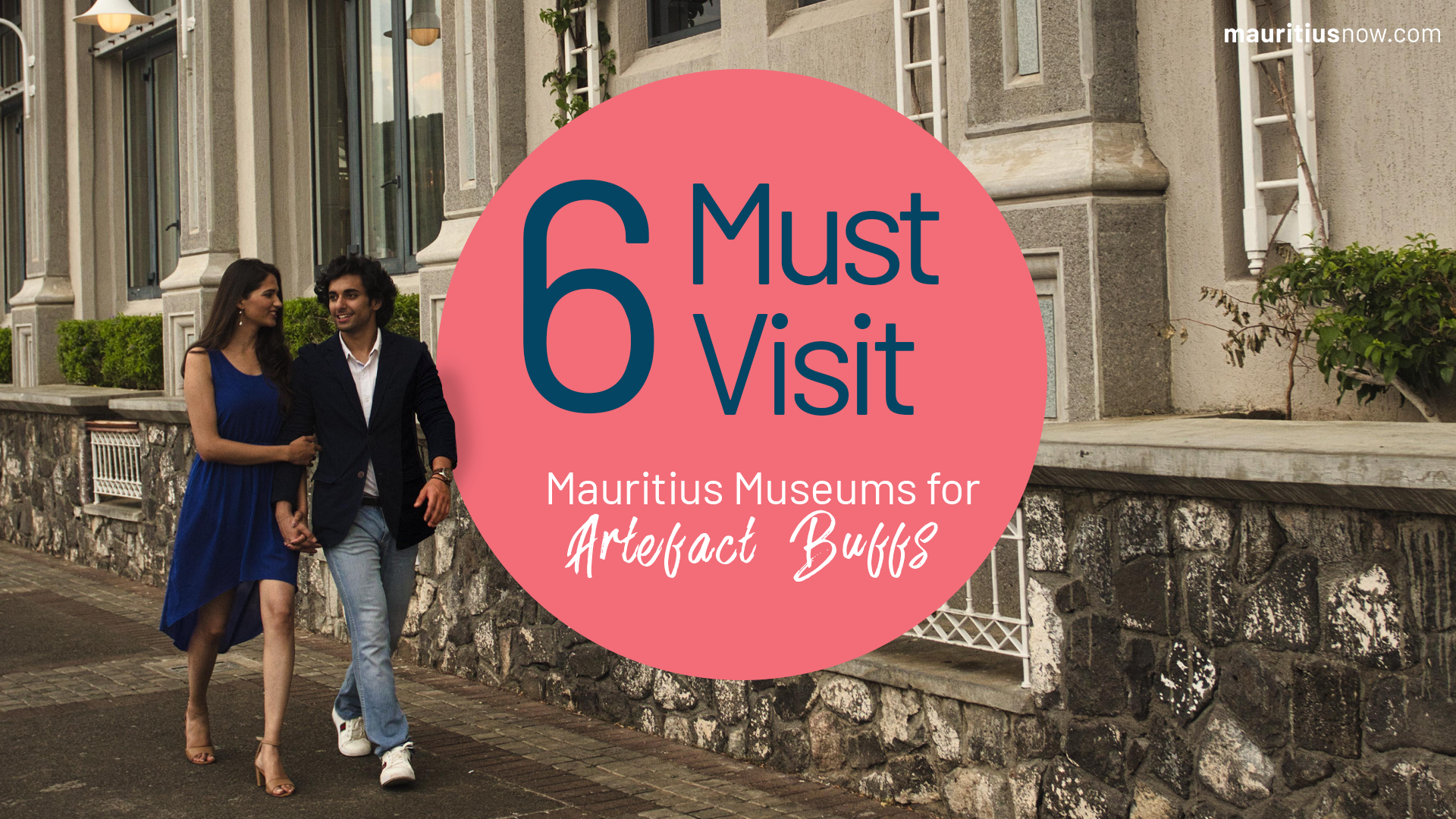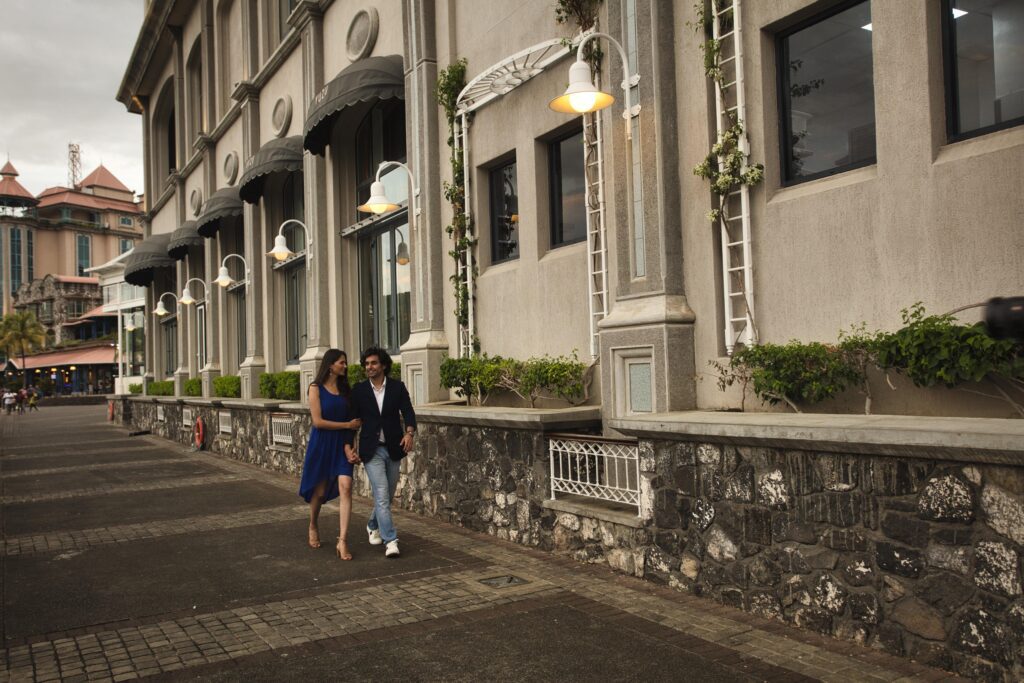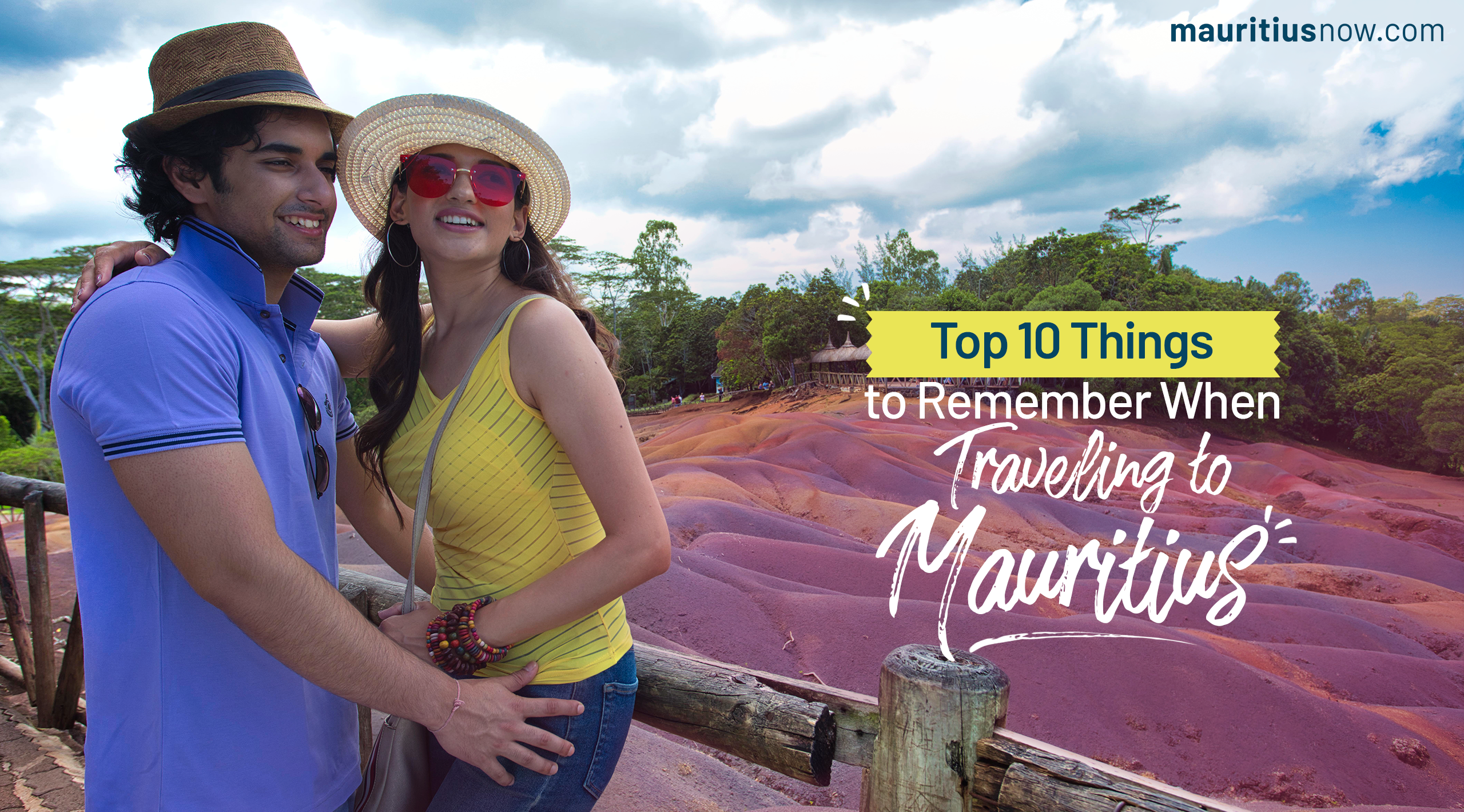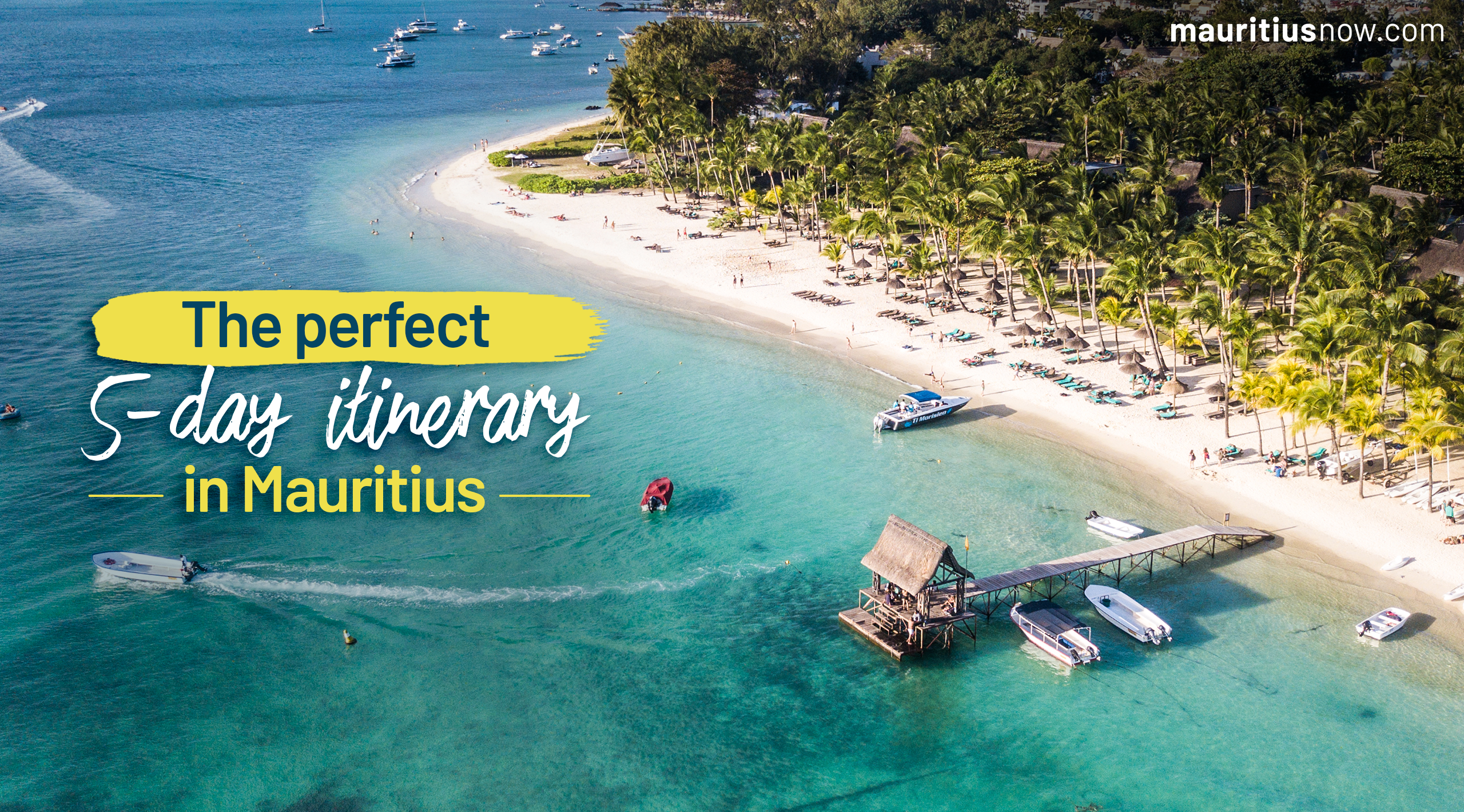
6 Must-Visit Mauritius Museums For History Buffs
Mauritius, a sun-kissed paradise in the Indian Ocean, boasts not only pristine beaches and turquoise waters, but also a rich history and vibrant culture waiting to be explored. For the history buffs and artefact enthusiasts, the island offers a treasure trove of museums, each housing unique collections that tell the captivating story of Mauritius.
So, lace up your walking shoes, pack your curiosity, and embark on a journey through time at these 6 must-visit museums:

- Frederik Hendrik Museum
As you venture into the Frederik Hendrik Museum, you are stepping onto a site steeped in history, where the past of Mauritius comes to life through the remnants and artefacts of a bygone era. Here’s what you can expect during your visit:
Historical Foundations:
- The museum is situated on the historical site of Old Grand Port, the first human settlement in Mauritius established by the Dutch in 1638.
- Built on the ruins of the first Dutch fort, the museum is named after the stadtholder of the United Provinces of the Netherlands, Frederik Hendrik, who was in office from 1625 to 1647.
- Archaeological excavations at the site have uncovered layers of history, revealing that the French ruins stand atop the earlier Dutch fort named Fort Frederik Hendrik, constructed by the first Dutch Governor of Mauritius, Simonsz Gooyer, in 1638.
Exhibits and Artefacts:
1. Visitors can explore a variety of exhibits that cover 400 years of the site’s history, including military objects, building materials, and everyday artefacts such as bones of cattle, pigs, fish, deer, tortoises, and shells.
2. The museum features a single display room with a model of the site in the reception area for orientation, alongside historical maps, paintings from the 17th century, and a replica of the Dutch ship “Frederik Hendrik”.
3. Artefacts on display are the fruits of ongoing archaeological efforts since 1997, with the museum now housing a permanent collection that provides insight into the daily life and challenges faced by early Dutch settlers.
Visiting Information:
The museum operates from Monday to Friday: 09:00 to 16:00 (closed on Wednesdays), Saturday: 09:00 to 16:00, Sundays and public holidays: 09:00 to 12:00, offering free admission to all.
- National History Museum (Chateau Gheude)
As you continue your journey through the historical heart of Mauritius, your next stop is the National History Museum, also known as Chateau Gheulde or Maison Robillard, located in the scenic town of Mahébourg. This museum, housed in an old French colonial country house, provides a remarkable glimpse into the island’s past. Here’s what you’ll find inside:
Collections and Exhibits
- Naval History and Artefacts: The museum is renowned for its extensive collection of naval artefacts, revisiting the epic battles between the French and British navies. You’ll discover an array of items from shipwrecks, including Chinese Porcelains from the Ming Dynasty, gold and silver coins, and trading beads.
- Mauritian Village Life: Step back in time with a recreation of a Mauritian village settlement, offering a window into the rustic lifestyles of the island’s rural inhabitants.
- Prosper d’Epinay Legacy: The museum proudly exhibits the works of Prosper d’Epinay, a famous Mauritian artist, including prints, paintings, miniature sculptures, and old documents that capture the essence of Mauritius’s cultural heritage.
Unique Artefacts
- Dodo Bird Skeleton: Among the museum’s prized possessions is the precious intact skeleton of the Dodo bird, a symbol of Mauritius and a poignant reminder of the fragility of island ecosystems.
- Colonial Era Displays: The Chateau Gheude collection highlights artefacts from the French colonial period, such as Chinese porcelain, silverware, and furniture, painting a vivid picture of the lifestyle and culture of that era.
Visitor Information
Operating Hours: The museum welcomes visitors from Monday to Saturday, 9:00-16:00, with extended hours starting at 11:00 on Wednesdays. On Sundays and public holidays, you can visit from 9:00-12:00.
Admission: There is no entry fee, making it an accessible attraction for all history enthusiasts.
- The Robert Edward Hart Memorial Museum
As you step into the quaint town of Souillac, you’ll find the Robert Edward Hart Memorial Museum, a tribute to one of Mauritius’ most cherished poets. Here’s what awaits you at this cultural landmark:
Historic Abode:
The museum is nestled in the poet’s former residence, La Nef, a charming coral-stone cottage that reflects the simplicity and serenity that marked Hart’s life. Since its opening in 1967, the museum has been a sanctuary for literature enthusiasts, preserving the ambiance of Hart’s home for future generations to experience.
Exhibits and Personal Treasures:
- Inside, you’ll explore four rooms, each holding treasures of Hart’s legacy, with the office-cum-drawing room as the centrepiece, showcasing his wooden desk, the very chair he sat in, and his personal diary.
- The museum’s collection includes Hart’s original manuscripts, letters, his beloved violin, a vintage typing machine, and his table lamp, all of which paint a vivid picture of his life and work.
Planning Your Visit:
Admission is free, making it an accessible spot for all visitors interested in Mauritius’ literary heritage.
The museum operates from Monday to Saturday, with varying hours: Monday, Tuesday, Thursday, and Friday from 09:00 to 16:00 hrs; Wednesday from 11:00 to 16:00 hrs; and Saturday from 09:00 to 12:00 hrs.
- Sir Seewoosagur Ramgoolam Memorial Centre For Culture
As you continue your exploration of Mauritius’ rich cultural heritage, the Sir Seewoosagur Ramgoolam Memorial Centre For Culture in Port Louis stands as a prominent tribute to the nation’s first Prime Minister. Here’s what you can discover during your visit:
Architectural and Historical Significance:
Step into the 150-year-old wooden structure, originally the residence of Dr Maurice Cure and now a listed National Heritage site, which has been meticulously preserved to maintain its historical integrity.
The centre, inaugurated on Sir Seewoosagur Ramgoolam’s birthday in 1987, not only celebrates his life but also the contributions of Dr Maurice Cure to Mauritius’ political landscape.
Throughout the year, the centre also hosts various cultural exhibitions, workshops, and performances, enriching your experience with contemporary Mauritian culture. This centre is more than a museum; it’s a vibrant cultural hub that stands as a testament to the life and work of Sir Seewoosagur Ramgoolam and the history of Mauritius.
Exhibitions and Collections:
- Wander through the seven rooms of Sir Seewoosagur Ramgoolam’s house, each filled with his personal memorabilia, including furniture, medical equipment, clothing, and certificates.
- A photographic exhibition showcases his interactions with world leaders and pivotal moments from his tenure, while his biographies and quotes from his speeches provide deeper insights into his philosophies.
- For a touch of art, admire the bronze statue of Sir Seewoosagur Ramgoolam, a creation by Russian artist Alekandrov Moskow, which stands proudly in the front courtyard.
Visitor Information:
Plan your visit to the centre located at 87, Sir Seewoosagur Ramgoolam Street, Plaine Verte, Port Louis, an area brimming with commercial activity and easily accessible for a self-guided tour.
Admission is complimentary, with visiting hours from Monday to Friday: 09:00 hrs to 16:00 hrs, and Saturday: 09:00 hrs to 12:00 hrs, allowing you ample time to immerse yourself in the legacy of a key figure in Mauritius’ journey to independence.
- The Blue Penny Museum
As you delve into the world of Mauritian heritage at The Blue Penny Museum, you’ll encounter an array of exhibits that bring the island’s rich history to life. Its extensive collection, including the $2,000,000 Blue Penny and Red Penny stamps, acquired by Mauritian enterprises led by The Mauritius Commercial Bank, showcases the pride of a nation and its commitment to preserving its cultural heritage. Whether you’re a history buff, stamp enthusiast, or simply curious about the island’s past, the museum offers an enriching experience that stands out among Mauritius’ tourist attractions.
Prestigious Stamp Collection:
At the heart of the museum’s collection are the legendary Mauritius “Post Office” stamps. Issued in 1847, these include the red one penny and blue two pence stamps, considered among the rarest and most valuable in the world.
To protect these philatelic gems from light damage, they are displayed under controlled conditions and can be viewed for only 10 minutes at the top of every hour.
Thematic Exhibition Rooms:
- The Age of Discovery: This room takes you on a journey through the Indian Ocean’s navigational history, illuminating the explorations that connected Mauritius to the rest of the world.
- The Island Builders: Discover Mauritius’ colonial history, from early settlement to the development of its unique cultural landscape.
- The Postal Adventure: Learn about the evolution of the island’s postal services and get a glimpse into the art of stamp engraving, a significant aspect of Mauritius’ philatelic legacy.
- Engraved Memory: Delve into the intricate process of stamp engraving and the stories behind some of Mauritius’ most famous stamps.
- Paul & Virginie: Dedicated to the classic novel by Jacques-Henri Bernardin de Saint-Pierre, this room houses the original 1881 statue of Paul and Virginia, created by Prosper d’Épinay.
Visitor Experience:
Upon entry, you’ll find a well-stocked souvenir shop and a space for temporary exhibitions on the ground floor, perfect for starting your visit with a taste of Mauritian culture.
As you ascend to the first floor, you’re greeted by several exhibition rooms, each offering a unique perspective on Mauritius’ past and present.
- The Mauritius Photography Museum
Cradled in the heart of Port Louis, the Mauritius Photography Museum stands as a testament to the island’s photographic heritage, thanks to the dedication of its founders, Marie Noelle and Tristan Bréville, who aim to preserve and promote Mauritian photography. With over 10,000 photographs, cameras, and photographic equipment, dating from the 1840s to the present day, the museum is a treasure trove for those eager to explore the visual narrative of Mauritius.
Historical Insight:
Discover the evolution of photography with a showcase of images from the 1800s and early 1900s, capturing the essence of colonial Mauritius. The museum takes pride in its collection of 28 daguerreotypes, the first photographs made in Mauritius, and equipment dating back to the 1800s and early 1900s. Among the vintage cameras and glass plate negatives, you’ll find photographs that depict various aspects of Mauritian life, culture, and history.
Technological Marvels:
- See the Daguerreotype process in action, a revolutionary 1830s technique for printing images on copper or silver plates
- The museum houses a fascinating array of photographic equipment, including a petrol-operated projector from 1870, a Gaumont stereoscopic apparatus, and projectors from cinema halls in 1913.
- Witness the press machine and the script of the first local newspaper from 1773, adding a layer of journalistic history to your visit.
Accessibility and Visiting Details:
With no entry fee for children under 12 years, the museum is an affordable and accessible educational experience for families. Plan your trip with ease as the museum is open to visitors Monday to Friday from 10:00 hrs to 15:00 hrs, and remember, an admission fee is applicable.
A Trip Back In Time!
So, whether you’re a history buff, an artefact enthusiast, or simply curious to go deeper into the heart of Mauritius, these museums offer a captivating journey through time. As you explore these cultural treasures, allow yourself to be captivated by the stories they tell, and carry a piece of Mauritian history with you long after your island adventure ends. For an unforgettable addition to your travel itinerary, make sure to plan your Mauritius holiday and discover the soul of the island through the stories told by its museums.







Leave a Reply